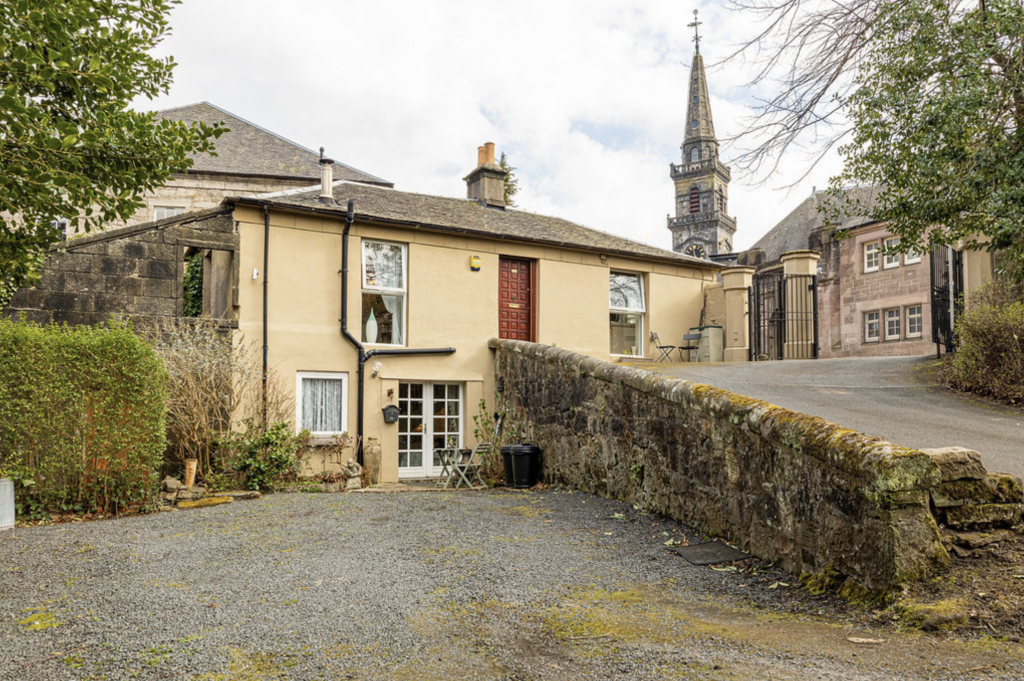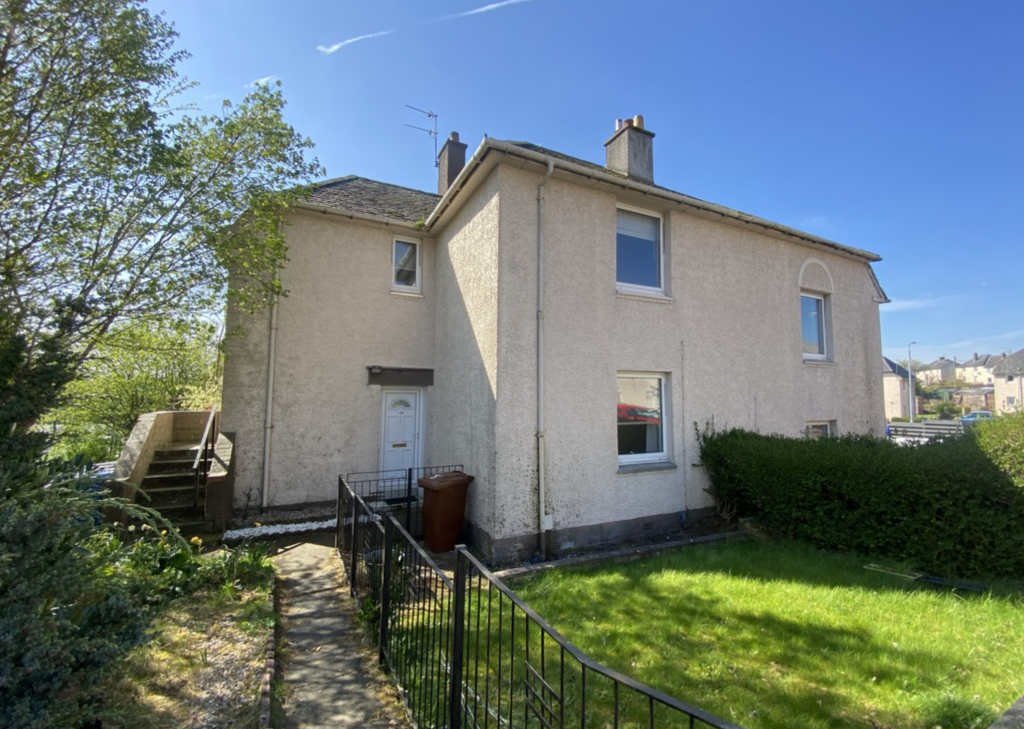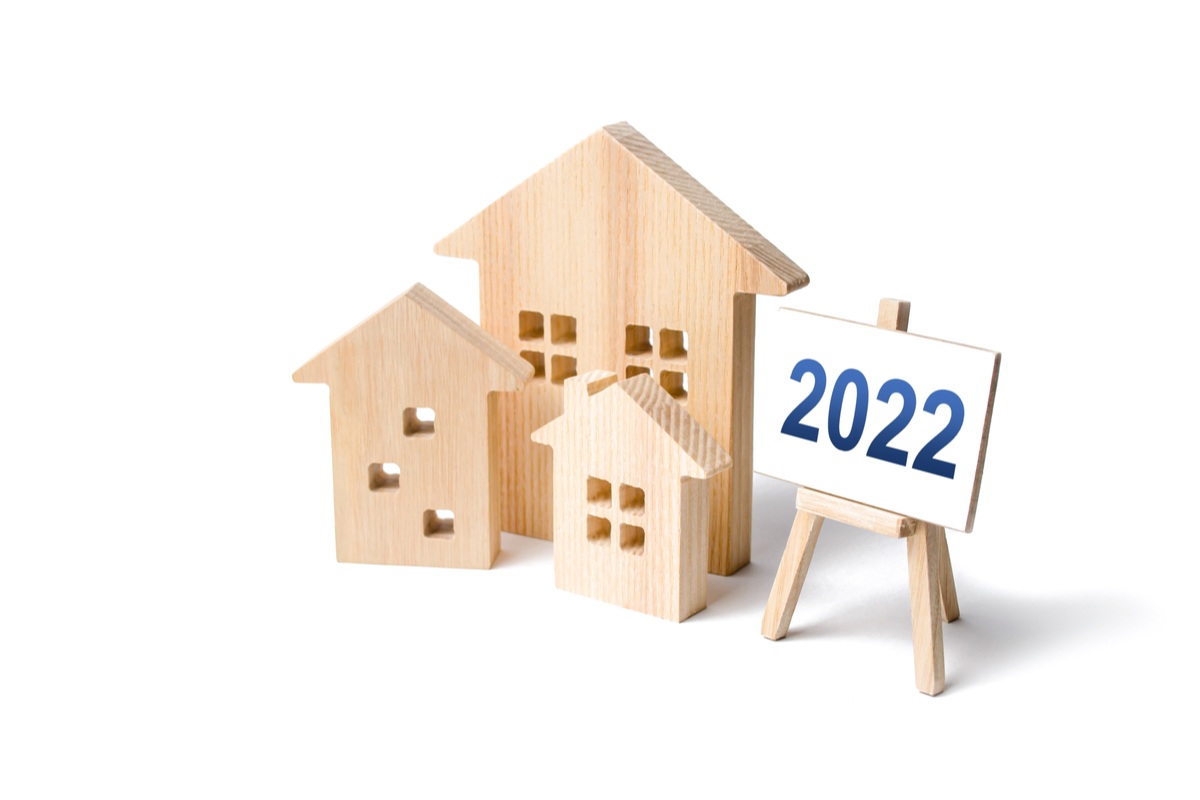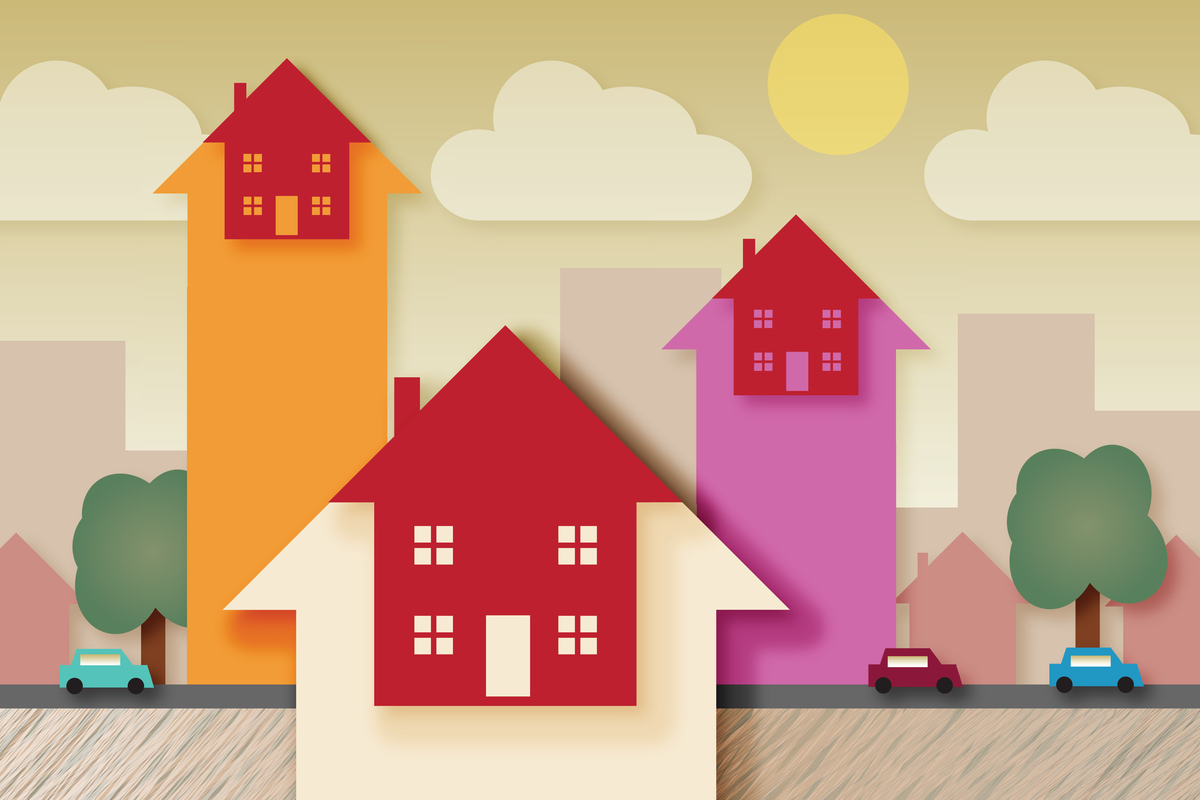According to Zoopla, the average property in the UK now costs more than £250k. This is a record high, despite indicators showing that the property market is starting to slow down.
Here in Scotland, analysis from the Office of National Statistics (ONS) in February found that the average house price in Scotland reached £180,000 with the average price of property in Scotland rising by more than 10 per cent in the past year.
According to the latest data from RoS, the value of an average home in January 2022 was £182,786, an increase of 10.8% on January 2022. Compared with the previous month, Scottish house prices went up by 2.2% between December 2021 and January 2022.
The UK-wide average house price of £250,000 will go a lot further in some areas – especially here in Scotland when comparing prices to South England. If you’re based in Glasgow and the surrounding areas, you will get a lot more for your money – here are some of our homes for sale – many of which are well under the UK average house price.
Oakshaw Lodge, Oakshaw, Paisley
Offers Over £235,000

Oakshaw Lodge is a charming and unique traditional detached lodge house with a nice setting within the Oakshaw Conservation area of Paisley.
The accommodation is formed over two floors and there is driveway parking for 2 or 3 cars and some low maintenance outside space for sitting out in fine weather.
See more and arrange a viewing.
Chestnut Drive, Parkhall, Clydebank
Offers Over £119,995
Closing Date arranged for 12 noon, Friday 10th June 2022
Beautifully presented Lower Cottage Flat within the ever popular Parkhall area of Clydebank offering well laid out accommodation comprising Entrance hall, light and bright Lounge, Breakfasting Kitchen, Two double bedrooms, Bathroom. Gas CH, DG, Three car car monoblocked driveway to side, Enclosed mature gardens with lawn and deck at rear. Extras, Early viewing advisable.
See more and arrange a viewing.
Denny Crescent, West Dunbartonshire
Offers Over £162,000
Caledonia Bureau have great pleasure in offering this competitively priced First Floor Flat onto today’s open market. The property has been constructed to a high standard by Turnberry Homes and is conveniently situated within a sought after landscaped development which is surely set within walking distance of Dumbarton’s Town Centre.
See more and arrange a viewing.
Dumbarton Road, Old Kilpatrick, West Dunbartonshire
Offers Over £117,995
Rarely available Upper Cottage Flat situated within the ever popular Old Kilpatrick area within West Dunbartonshire with excellent road networks feeding Clydebank, Glasgow’s City Centre and, indeed, in the opposite direction – Loch Lomond, Helensburgh and beyond.
Craigmount Avenue, Paisley, Renfrewshire
Offers Over £132,000
Closing Date Wednesday 8th June at 12.00 Noon
Caledonia Bureau have great pleasure in presenting this extensively refurbished Mid Terraced Villa onto today’s open and competitive market – quietly situated within one of Paisley’s most popular and keenly priced residential locales, this subjects have recently undergone a programme of refurbishment, and must be viewed to be appreciated throughout a flexible layout of accommodation which is sure to suit those with or, who may be planning family.
Beeches Road, Duntocher, West Dunbartonshire
Offers Over £67,995

A well proportioned Upper Cottage Flat situated within a very popular and convenient location with well laid out, light and bright accommodation which comprises Hall accessed at the side with stairs leading to the l-shaped upper landing which offers access to all apartments, the loft space and has two storage cupboards off, There is a rear facing, spacious lounge, fitted kitchen with electric cooker, automatic washing machine and fridge-freezer to be included. The good sized double bedroom has front facing windows with views up through neighbouring properties to the hills at the front and, a fully tiled bathroom is provided with three piece suite and over bath shower.









